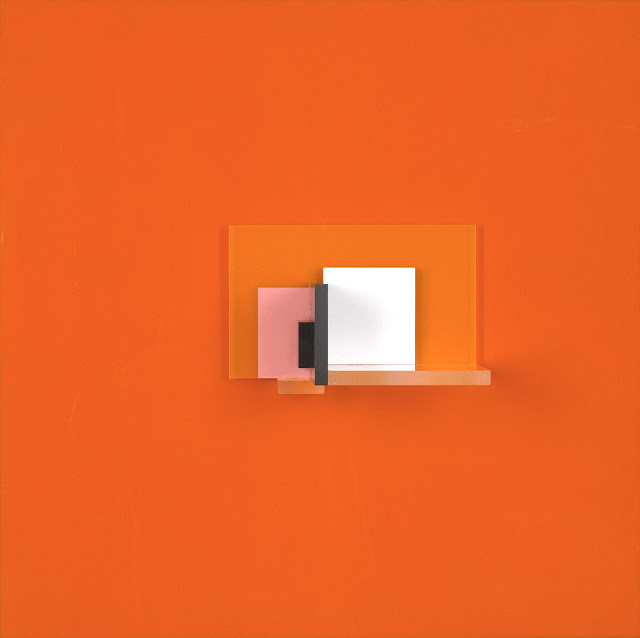 |
| Frank Auerbach Reclining Figure I 1966 screenprint Tate Gallery |
 |
| Frank Auerbach Seated Figure 1966 screenprint Tate Gallery |
 |
| Frank Auerbach Reclining Figure II 1966 screenprint Tate Gallery |
from Contemporary Art and the Plight of its Public
"Yet one thing has not changed: the relation of any new art – while it is new – to its own moment; or, to put it the other way around: every moment during the past hundred years has had an outrageous art of its own, so that every generation, from Courbet down, has had a crack at the discomfort to be had from modern art. And in this sense it is quite wrong to say that the bewilderment people feel over a new style is of no great account since it doesn't last long. Indeed it does last; it has been with us for a century. And the thrill of pain caused by modern art is like an addiction – so much of a necessity to us, that societies like Soviet Russia, without any outrageous modern art of their own, seem to us to be only half alive. They do not suffer that perpetual anxiety, or periodic frustration, or unease, which is our normal condition, and which I call "The Plight of the Public."
– Leo Steinberg, published in Harper's, March 1962
 |
| Anthony Benjamin Verbs of the Sea (from Seven Etchings for Seven Letters) plates made in 1958-59, printed in 1999 etching Tate Gallery |
 |
| Anthony Benjamin Emerald Deeps (from Seven Etchings for Seven Letters) plates made in 1958-59, printed in 1999 etching Tate Gallery |
 |
| Anthony Benjamin Prisms of Water (from Seven Etchings for Seven Letters) plates made in 1958-59, printed in 1999 etching Tate Gallery |
 |
| Anthony Benjamin Bright Hemisphere Blue (from Seven Etchings for Seven Letters) plates made in 1958-59, printed in 1999 etching Tate Gallery |
 |
| Mary Martin Perspex Group on Orange (B) 1969 painted wood and plastic Tate Gallery |
 |
| Mary Martin Expanding Form 1954 wood and emulsion paint Tate Gallery |
 |
| John Piper Welsh Landscape, Tretio 1969 screenprint Tate Gallery |
 |
| John Piper Garn Fawr, Pembrokeshire 1968 screenprint Tate Gallery |
from Against Idealism
"The opposition between "realism" and "abstraction" is a misleading one. Both realists and abstractionists think they embody an ideal of art of which each work is the shadow: the realist making a reflection of the natural world and the abstractionist making a reflection of the world of ideas in the largest sense, which of course includes non-verbal ideas. Both think that what is real about art exists in the realm of Whitehead's "eternal objects" and no matter how much either one pretends to prefer either reality or unreality (like Clive Bell), this reality or unreality is an eternal object which an artist of whatever persuasion constantly refers to whenever he makes something."
"There is an artistic theory of knowledge different from a scientific or philosophical one. The artist can direct his attention to what he is sure of. This is not an idea, not an eternal object, it is actual, and it has immediacy. The artist can profitably forgo the scientific or philosophical attempt at grandeur and keep to what he knows and does not dare accept, because he fears that knowledge is not reliable until it is explained, or rationalized, or proved; until, that is, it can be controlled by repetition like a scientific experiment. Art permits you to accept illogical immediacy, and in doing so releases you from chasing after the distant and the ideal."
– Fairfield Porter, published in the journal Art and Literature 2, Summer 1964
 |
| William Turnbull Yellow Leaf Form 1967 lithograph Tate Gallery |
 |
| William Turnbull Leaves, Blue 1967 lithograph Tate Gallery |
 |
| William Turnbull No. 1 1962 oil on canvas Tate Gallery |